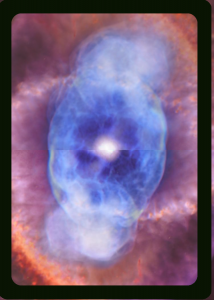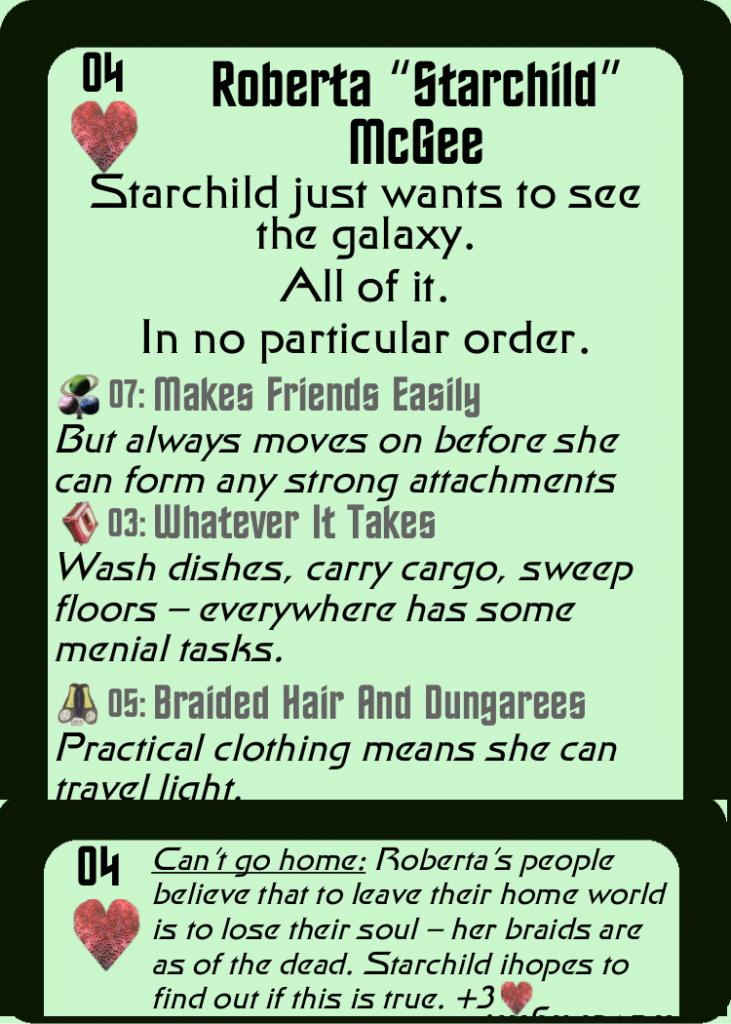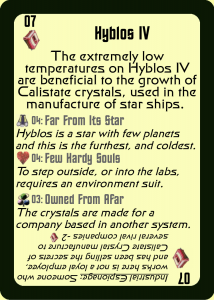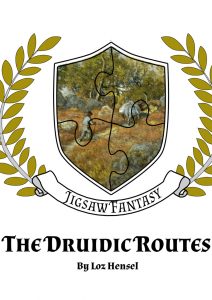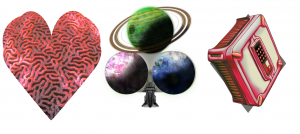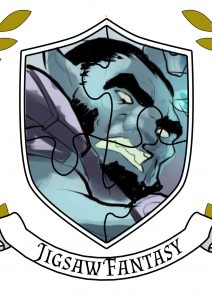“Perfect” and “Done” are opposites.
At Artemis Games we can be perfectionists to a fault. We hate releasing anything with identifiable flaws – and yet as everyone knows “only God is perfect”: There are claims for many religious artistic traditions, from Islamic geometry to Amish quilting, that they deliberately include imperfections to avoid blasphemy. 1)Of course that’s not even slightly true. Few people will deliberately introduce an error into their work, and of those who do none of them do it because they think they’re better than God and don’t want to upset Him. It’s a training technique for some recovering perfectionists, and a trick for many contractors, to introduce an error and never fix it.
A perfectionist will be forced to accept that searching out every error is futile, as they already know where one is (likely a tiny one) and aren’t allowed to fix it.
A contractor on the other hand does it because they know the client wants to give input – by including an obvious error for the client to fix they can avoid more difficult editing when they’re confident their product is good.
We’re not God, we don’t even actually have Artemis on the team (although we do like her, partly on account of the inherent contradiction her being the goddess of both childbirth and virginity) – so perfection isn’t an option for us.
That means we have to have a way of deciding when something is sufficiently good, rather than perfectly good. We have to have (high) standards, but also ways of accepting our limitations, and our imperfections2)Which there are many of, with three out of four of us having chronic health issues yet still putting out a product.
So how do we set the bar? How do we let go, and say it’s done? With the Jigsaw Fantasy project we’ve used the deadline approach – it’s done on the release date, end of story3)well, not quite – we’re allowed to go back and improve things post-release, as it’s purely digital and we’ve been learning to make that work – ensuring that
There are a number of facets to how to make that principle work for us, but two of them are key:
1) We need to know exactly how long it will take to finish the work – and double it to include time for problems and polish. This generally means that we need to have done about half the work before we set the deadline, or (in the case of regular projects) before we can be sure which options are ready to go.
2) There must be a set size to the project. We’ve done things with stretch goals expanding them before, but that will always make deadlines wrong, and if the deadline is wrong we no longer have a release point!
But that’s for our writing work; Jigsaw Fantasy and Concept Cards. For the game design side of things, such as Clash of Blades, we still don’t know when to call “done” done – writing for us is as much writing as polishing, but good game design is all about the polishing; I could design three unique new games in three minutes, but they’d all be terrible.
So when is “done” done?
References
| 1. | ↑ | Of course that’s not even slightly true. Few people will deliberately introduce an error into their work, and of those who do none of them do it because they think they’re better than God and don’t want to upset Him. It’s a training technique for some recovering perfectionists, and a trick for many contractors, to introduce an error and never fix it. A perfectionist will be forced to accept that searching out every error is futile, as they already know where one is (likely a tiny one) and aren’t allowed to fix it. A contractor on the other hand does it because they know the client wants to give input – by including an obvious error for the client to fix they can avoid more difficult editing when they’re confident their product is good. |
| 2. | ↑ | Which there are many of, with three out of four of us having chronic health issues |
| 3. | ↑ | well, not quite – we’re allowed to go back and improve things post-release, as it’s purely digital |

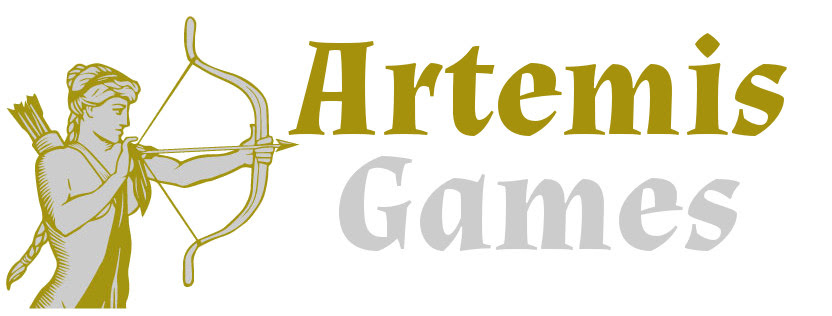

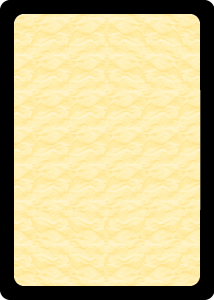

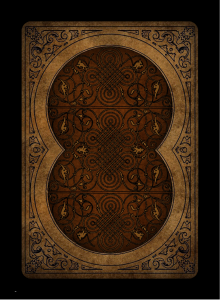
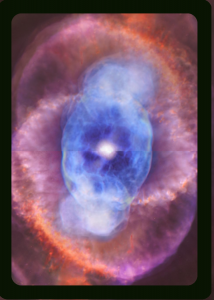 B
B
